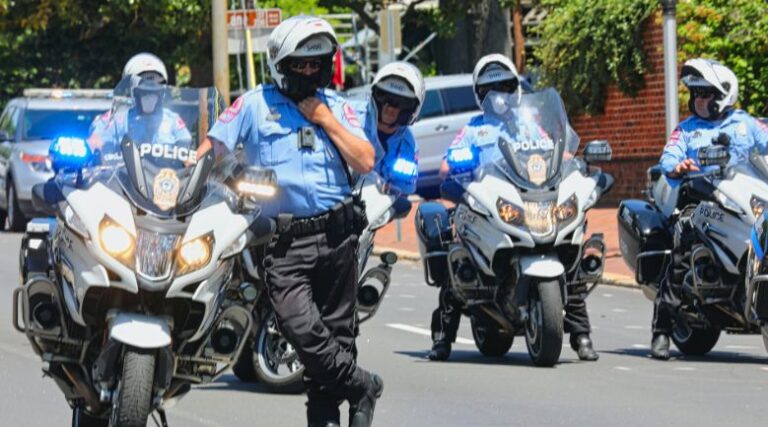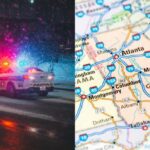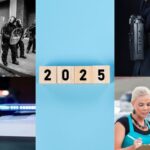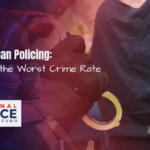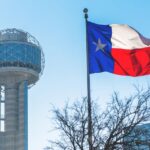Over the past two years, the mayor of Memphis, Jim Strickland, has been quietly rallying his city’s private sector to revamp his police force. Through an independent advisory body, the Memphis Shelby Crime Commission, he is seeking to add $48 million to the local law enforcement budget.
The funds are sorely needed: Memphis has one of the highest crime rates in the country, and its demoralized police force has been steadily shrinking since 2016. And yet, for many political groups, the combination of law enforcement and private business sounds unorthodox. So what is Mayor Strickland actually doing? And will it work?
Mayor Strickland’s Strategy
In office since 2016, Mayor Strickland has been championing the public safety cause since he was still attorney general. Now, as the man-in-charge, his unorthodox methods need to deliver over 10 years of political statements.
But what is his plan all about? Under his “Blue Sky Strategy,” he has stretched the limits of an NGO to inject sorely needed funds into the Memphis Police Department (MPD).
For this, he created the Memphis Shelby Crime Commission, as an “advisory body” that acts as a consultant for the MPD. Through this Commission, Mayor Strickland has been able to approach the leading businesses in his area more directly – in a way that a regular public body couldn’t.
So far, these efforts have translated into an extra $6.1 million from companies such as FedEx and International Paper. This money will help fund bonuses, subsidies, and other non-financial benefits for the city’s police officers. In turn, this should help even the scales for the department’s leaders, who are facing increasing difficulties retaining police officers and staffing their stations.
In addition, another set of donations has helped fund the city’s new “Blue Suede Brigade.” This is a civilian, unarmed, and technically private security force that helps patrol touristy and high-traffic areas in Downtown Memphis. Their presence can help compensate for the MPD’s dwindling numbers, as they can take over many “low priority” calls, such as minor traffic accidents and noise complaints. In addition, their patrols provide additional deterrence against opportunistic criminals.
What does data show?
Strickland’s goal of $48 million is supposed to take a few steps further, from retention into active recruitment. Across the United States, many Police Departments are fighting hard to boost their numbers as much as possible, while still keeping their operating costs within budget.
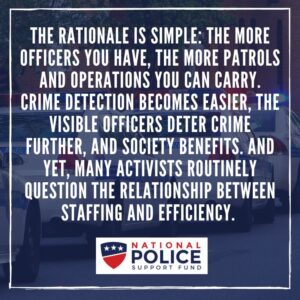
The rationale is simple: the more officers you have, the more patrols and operations you can carry. Crime detection becomes easier, the visible officers deter crime further, and society benefits. And yet, many activists routinely question the relationship between staffing and efficiency. Do the stats match?
More police officers do help
According to experts from The Marshall Project, one thing is undeniable: once understaffing reaches a critical level, it becomes impossible to keep routine operations at the same level of efficiency.
Moreover, even within the city of Memphis, the amount of cops on patrol per square mile is directly correlated with decreased crime rates and improved crime detection. On the other hand, understaffed precincts often fall back to “putting out fires” or responding to emergencies. This means “less time to learn about the neighborhoods they protect” or establishing partnerships with local communities.
Raw headcounts are half the story
Past the initial crisis, is it enough to simply keep adding officers? More hands do help, but past experiences show that it is not the only way.
A commonly studied example comes from New York. Under the command of James McCabe, New York started consciously reducing its police force, and still managed to keep crime rates low.
They did this through “dynamic staffing” strategies, which relied on constantly recalculating and reallocating officers around precincts for each 24-hour cycle. Instead of steady patrols, this system examines data from recent 911 call volumes, as well as the types of crimes reported. Then, it uses it to predict the next day’s needs. Experienced officers are then sent to active hotspots, while “quiet areas” are assigned to outsourced (often weaponless) civilians.
The statistical analysis required to make this work is neither easy nor cheap, however. It requires a lot of bureaucracy, as well as access to high-tech tools that most small cities can’t afford.
How can these theories help Memphis?
For now, the main priority is ensuring that officers feel cared for. Since 2008, officer attrition in Memphis has jumped by two-thirds. In 2001, City employees at all levels faced a series of pay and benefits cuts – and police numbers never recovered from it.
And while many officers are happy to take in extra money home by working overtime, burnout eventually sets in. Officers spent years feeling the City’s leaders “don’t care” about them or their safety. But initiatives such as the Blue Suede Brigade, or visible efforts to provide better compensation, could be a step in the right direction.
Image Credit: Photo by Gene Gallin on Unsplash

